Paul Flynn loves his supersized Sailfish. His new rig is the first of the 3200 Platinum Sports range and features a beefed-up 3m beam and extended waterline length.
It’s a dead-calm winter’s morning and The Captain’s crew is rugged up for a Sydney Harbour session. A low fog is reluctantly lifting off the harbour. Housewives in white fluffy dressing gowns peer down from the balconies of waterfront mansions as we make our way along the timber boardwalk past brightly painted boathouses to meet Paul Flynn, our skipper for the day. At the end of the boardwalk sits his immaculate Sailfish 3200 Platinum Sports, its polished aluminium gleaming in the winter sun. We can’t really think of a better rig to be jigging off Sydney, our mission for the day.
GHOST TOWN
We load our ridiculously large camera cases aboard and toss the ropes before venturing out across an almost deserted harbour, a few ferries and a flat-bottomed workboat tending to moorings our only companions. We tuck into the lockable cabin and ask Paul about his plan. “Winter is an awesome time to fish offshore Sydney,” he says happily. “The kings are turning up on the outer reefs, the snapper are coming onto the chew and the bluefin and yellowfin will be off the shelf soon.” Today, we’re heading out to 12 Mile Reef and The Peak. Paul’s got it on good authority from a pro fisho that there are some big kingies cruising the deep reefs. Looks like it’s going to be a sashimi slaughter.
FEEL THE PEEL
Leaving the glassy harbour, we peel around Sydney Heads into a sloppy nor’easter chop. The cat ploughs through the rough stuff. It feels like we’re crawling, but a glance at the Yammie gauges confirms we’re actually doing 30 knots. Paul fine-tunes the trim and opens the Sailfish out to a blistering 45 knots. (Captain’s note: in case you didn’t know, the sailfish is the fastest fish in the ocean, so why the hell wouldn’t he?)
Over the thrum of the engines, we ask Paul how he got into fishing. “My dad instilled fishing in me,” he says. “He used to take me every weekend. Now the wheels have turned and I take him….” Paul stops mid-sentence. His eyes laserlock onto the Furuno sounder. “Looks like we’ve found some bait,” he mutters, switching the Yamaha Helm Master into gear and grabbing the bait jigging rod before resuming his tale. “I’ve fished everywhere — creeks, rivers, beaches and headlands — in everything from kayaks to tinnies and larger fibreglass rigs. My last boat was a Seafarer Voyager 6.8m and I had a tear in the eye when I sold it. But I replaced it with this Sailfish and it’s a beauty,” he finishes, sliding the bait jig into the windswept sea.
It doesn’t take him long to fill the twin bait tanks with yakkas (and one slimey). He’s irritatingly adept at fishing and driving the 32ft cat at the same time. “Twenty per cent of the fishing I do is solo because I like to head out on very short notice and if my mates are unavailable, I’m still going” he explains. “That’s why the Sailfish really appealed to me. You’ve got two of everything — two engines, two electrical systems and two big fuel tanks. I also run a man-overboard system that works like a proximity detector. If I fall in the drink, it kills the motors.”
FULL LEATHERJACKET
With the Sailfish’s bait bellies full of yakkas, Paul’s back on the throttles and working the twin hulls up to a speed where he can fill the tunnel with air and spray, creating a nice vapour for soft landings. Ideal cruising speed is 3500RPM, which holds us at a comfortable 25 knots, burning 30L per side. In no time, we’re back off the throttles and bobbing on the mark. It’s time to get jiggy and everyone is keen to show-off their style. The Captain’s crew goes balls to the wall, ripping the jig fast and aggressively through the water column. Paul, on the other hand, goes for a more seductive flick and wave.
After much early bluster, The Captain’s crew is already completely gassed and switching out the 300g jig for a live bait. While lining up another drift, we quiz Paul about how he ended up getting into the big Sailfish. “I wanted a cat,” he says simply. “I loved the way they rode. The 30ft Sailfish caught my eye — they’d recently reconfigured the cabin and it looked really sporty, with nice lines. I organised a test ride with the dealer on the snottiest, most horrendous day off Sydney — but the boat handled it immaculately. The only thing I thought wasn’t quite right was the cabin-to-cockpit ratio. I mentioned this to the Sailfish guys and they reckoned they could put another 600mm in the back and make it 32ft. I wasn’t interested in trailering it, so asked if we could increase the girth to 3m. The boys told me that wouldn’t be a problem, either. That’s how the first Platinum Sports 3200 was conceived. That’s the awesome thing with aluminium — it’s very configurable.
You’re not restricted like you are with a fibreglass mould and everything can be customised to suit your needs.” Next drop, and down goes the live bait on heavy lead. We salute the wide-eyed yakka for his brave efforts as he plummets to the bottom at breakneck speed. After a minute or so, the bail arm is closed and the trap is set. The livey immediately starts to panic and the rod tip vibrates aggressively. There are a few big thuds, then nothing. We retrieve the yakka to make sure he’s still OK. It’s not pretty. The leatherjackets have got to him and all that remains is a head, backbone and tail — brutal. The leatherjacket onslaught continues for the next couple of hours until we can’t take it anymore. Paul suggests a beer and barbie back in the harbour and we take him up on the offer. The remaining yakkas in the bait tank breathe a bubble of relief.
WEAPONISED WATERCRAFT
Back in the harbour, we laugh about our unsuccessful session over a beer and a few snags. This is the perfect moment to closely inspect the fit-out on the 3200. From the stern there’s a killer tunnel walkway — a game changer for fishing around outboards. Other on-point fishy features include a baitboard with built-in tuna tubes, twin live bait tanks, dive door, rigging bench, outriggers, twin electric downrigger bases, electric reel capacity for deep-dropping and a fully custom tower on the hardtop that Paul calls the “Zimmer frame”. He also wanted massive underfloor kill tanks and got his made wider, longer and deeper.
The compromise was a slightly smaller fuel tank, but he says 300L a side is more than enough. In fact, he often runs the 3200 down to Jervis Bay, only using half a tank getting there. Choice. The Sailfish designers claim the new Hydroflow hull offers amazing efficiency and this boat is the proof.
He’s a family man, so there’s a galley with slide-out BBQ and hot-water sink on the port side, This works brilliantly with the alfresco window, opening up the cabin and cockpit, making the boat feel more of an express style. You can flick the snags straight off the BBQ onto the dining table.
Paul says it’s also handy for solo fishing for striped marlin, launching into another yarn, this one is about fighting a fish from inside the cabin. “I was winding, reversing, steering, taking photos and trying not to let the line knick on anything while I was at it. Mayhem. I’ve actually caught a number of marlin on my own.” But back to the 3200 configuration. On the starboard side of the cockpit is a dominant slide-out fridge freezer, which tucks neatly away. For such a burger with the lot, Sailfish and Paul have done a great job keeping everything clean and tidy.
The 3200 is the Transformer of boats — one minute you could have an entire outdoor entertaining area set up for sleepovers with the family and friends; the next, you can pack it all down and take the boys out for a hard-core game-fishing session. Inside the fully lockable cabin is a lot more storage, a microwave and a great dinette, which fits a bunch of big boys — either eating lunch or having a cosy afternoon siesta.
In the electronics department, Paul isn’t fugging around. He’s got a serious Furuno set-up that includes the FCV-1150 he uses for traditional sonar and twin TZtouch2s for navigation and spotting bait schools on each side of the boat with multi-beam sonar. He also has autopilot, NXT Doppler radar and FLIR camera for covert operations to secret snapper grounds. Paul runs a big inverter system so he can hook up to shore power when he’s at home. When away on big trips, the boat relies on the solar cell system on the hardtop to keep the batteries topped up.
Also on the tech front, Paul has a repeater system for his mobile phone that allows him to make calls from Browns Mountain, past the continental shelf, 38km off Sydney. He tells us it’s a safety feature, but we reckon Paul’s wife made him install it so he can’t go rogue when the bluefin are biting. Pushing deeper into the cabin, we find a step down into the bathroom with toilet, shower and, strangely, more rod holders, which Paul installed so he could wash down his tackle while he’s washing his, er, tackle.
Next door is the master bed. It’s a little squeezy to access and has relatively low headroom, but once you’re in, you can stretch out like a starfish in a yoga class.
TOONA TIME
After the unsuccessful fishing session on the kings, Paul invited us out to chase tuna with him a couple of weeks later. Unfortunately, we were slurping down oysters in South Australia and couldn’t make it. Paul tells the tale of his tuna triumph. “The plan was to head out before sunrise (no fear, with radar, FLIR camera and GPS showing the way), dodge the whales and be east of the bait station by 7am. It was one of the darkest mornings I’ve seen for ages, grey and cloudy. We cruised straight out to the grounds at 23 knots. Easy, sipping 55L per hour total.
“As the sun started to peer through the clouds, five lures went into the water — three skirts and two divers (one deep, one bibless). We also had two teasers — Squid Nations and a daisychain of flippy birds. At 8.20am, we’re on! Thirty-five minutes on the rod and we’ve got it on the leader, but can’t hold it and it rips off into the deep. It’s a very big fish and we’re glad it’s on the 37kg bent butt. After five minutes, we’ve got the leader again and this time we see it — a 60–70kg yellowfin. My mate swipes the gaff at it, but it lands high up the tail. The big fish goes ballistic, shakes it out and the hook is straightened. Silence falls over the boat as we mourn for five minutes. Concha de tu madre!” (Captain’s note: literally it means ‘Your mother’s seashell” — but it’s ruder than that.)
“Blame game over, it’s back to business. We head a little north and it’s a perfectly clear sky now. At 10.52am, there’s a bang on the 15kg outfit from the shotgun and it’s peeling a lot of string. It’s the Pakula Paua Hornet again — that thing is deadly. After a 20-minute fight, the fish is boatside and this time the gaff sticks. A 35kg model comes over the gunwale and it’s high-fives all ‘round. Lures back into the water and over the course of the next hour we land a 20kg, a couple of 10kg and a large albacore. Every lure gets a fish, but nothing beats the Petroleo, not even the Polu Kai lumo.”
BANG FOR BUCK
The attention to detail that’s gone into this boat is astronomical, even by The Captain’s deck-out standards. Every small fitting and accessory has been carefully selected to make it user-friendly. There aren’t too many 32-footers you can run solo. It makes a huge difference to the outcome of a boat when you can work so closely with the builder during production, like Paul did with the guys from Webbe Marine and Sailfish. When it comes to value for money, just shy of $470K as tested sounds like a lot. However, when you start doing the sums on the options fitted, it’s surprisingly competitive, comparable to similar-sized fibreglass boats and new game boats. But for Paul, the money isn’t half as important as the joy his boat gives him. “Fishing is the place I go to for my mental health, some solace and spending quality time with mates and family.” Nicely said, mate. The Captain salutes you — and your sweet ride.
THREE TRICKS TO MAKE YOUR CAT MEOW
Paul doesn’t claim to be an expert at driving cats just yet, but he’s picked up a few tricks that make a world of difference.
1. Use your motors to trim to the sea conditions, especially when running down sea. Lean into a port sea by trimming the inside motor (the port motor) up, and trimming the outside motor (starboard motor) down. Do the opposite when the sea is on your starboard beam.
2. Get air under the hull. People say the faster you drive a cat, the better it’ll perform and that’s because you’re squeezing more water and air (vapour) into the tunnel and creating a cushioning effect.
3. Avoid a head sea. Cats don’t like going straight into a head sea, so always try to slightly angle off it for a softer ride. You might take a longer track than all the other boats, but you’ll still arrive home first because you’re able to move across the water so quickly.
MORE INFORMATION
WEBBE MARINE
www.webbemarine.com.au
(02) 9521 7944
- OLYMPUS DIGITAL CAMERA
- OLYMPUS DIGITAL CAMERA

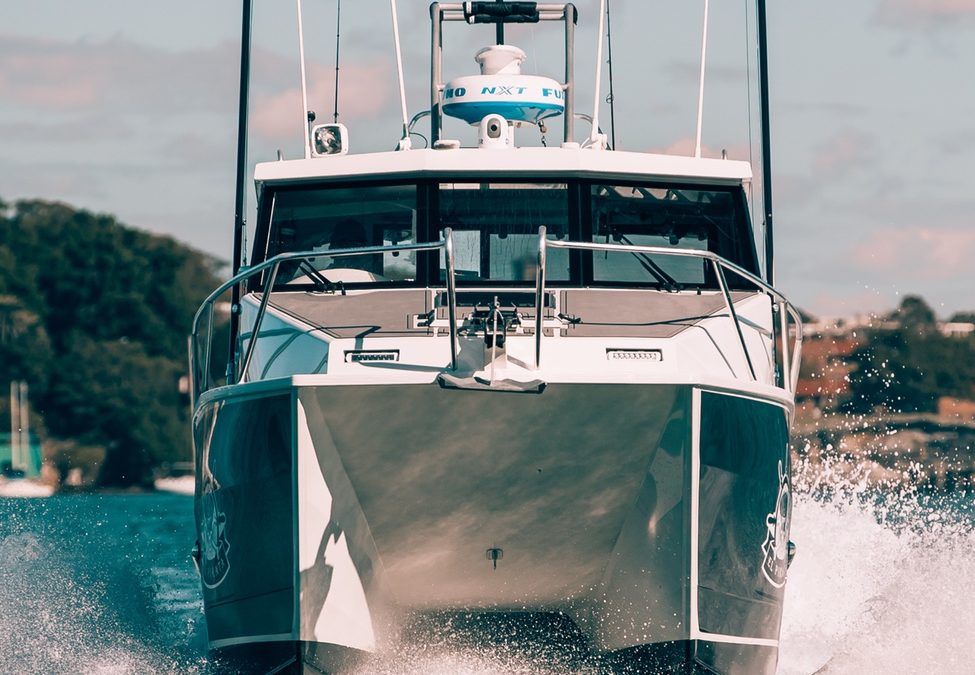


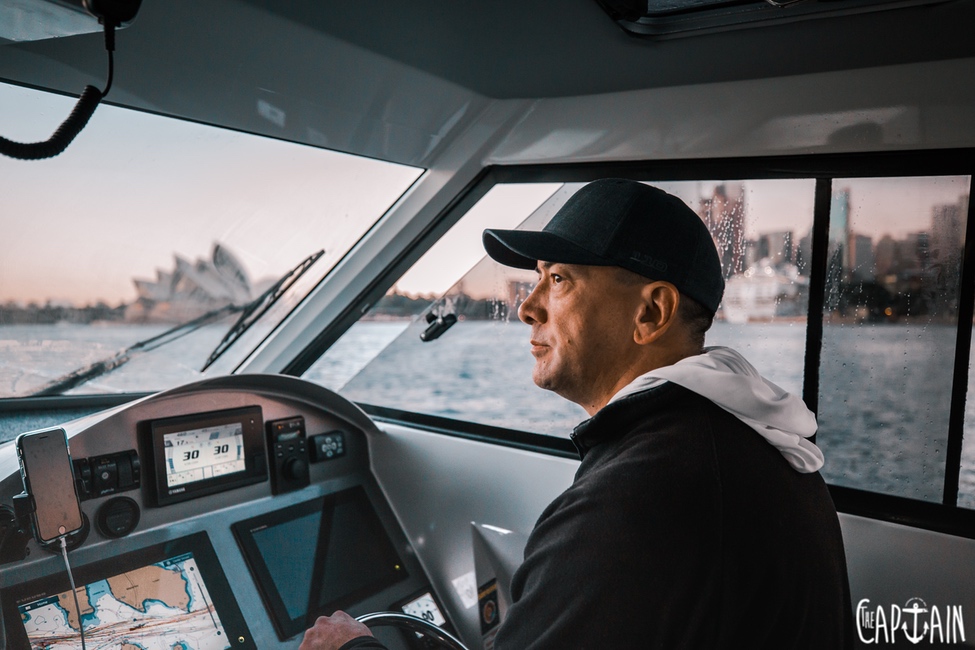
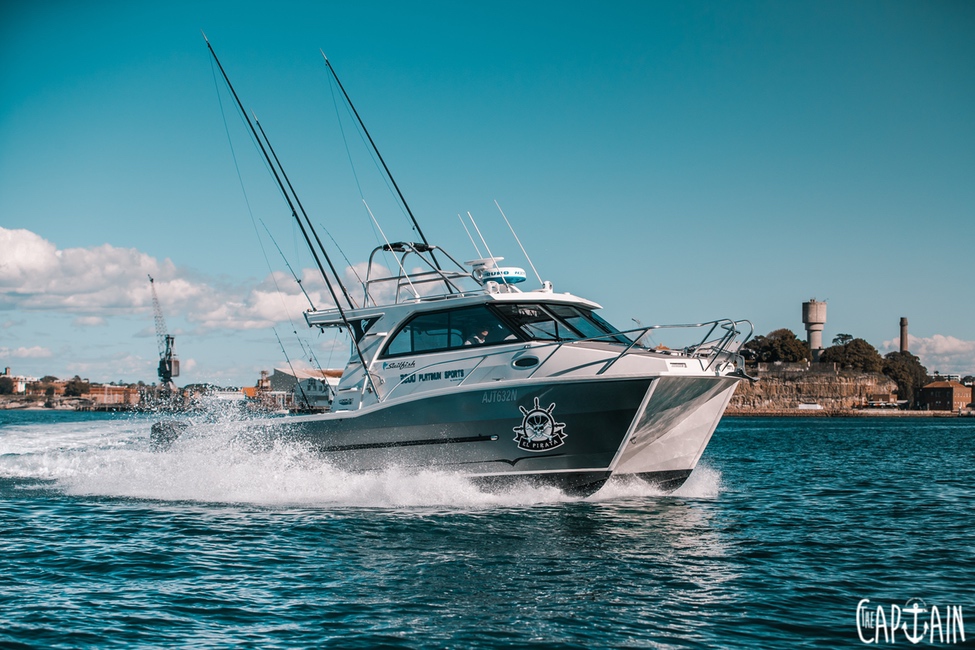



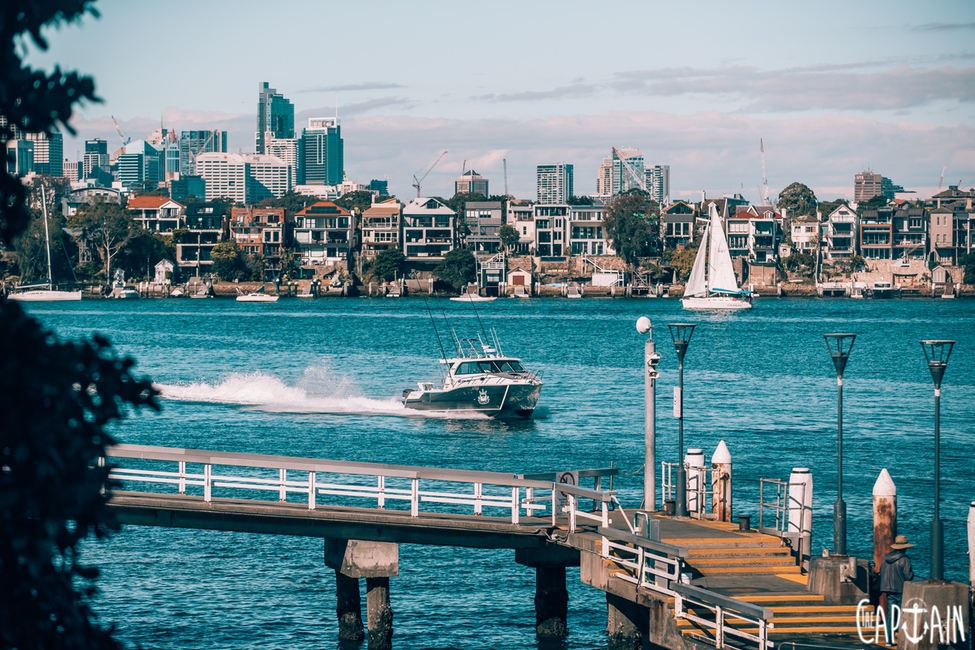







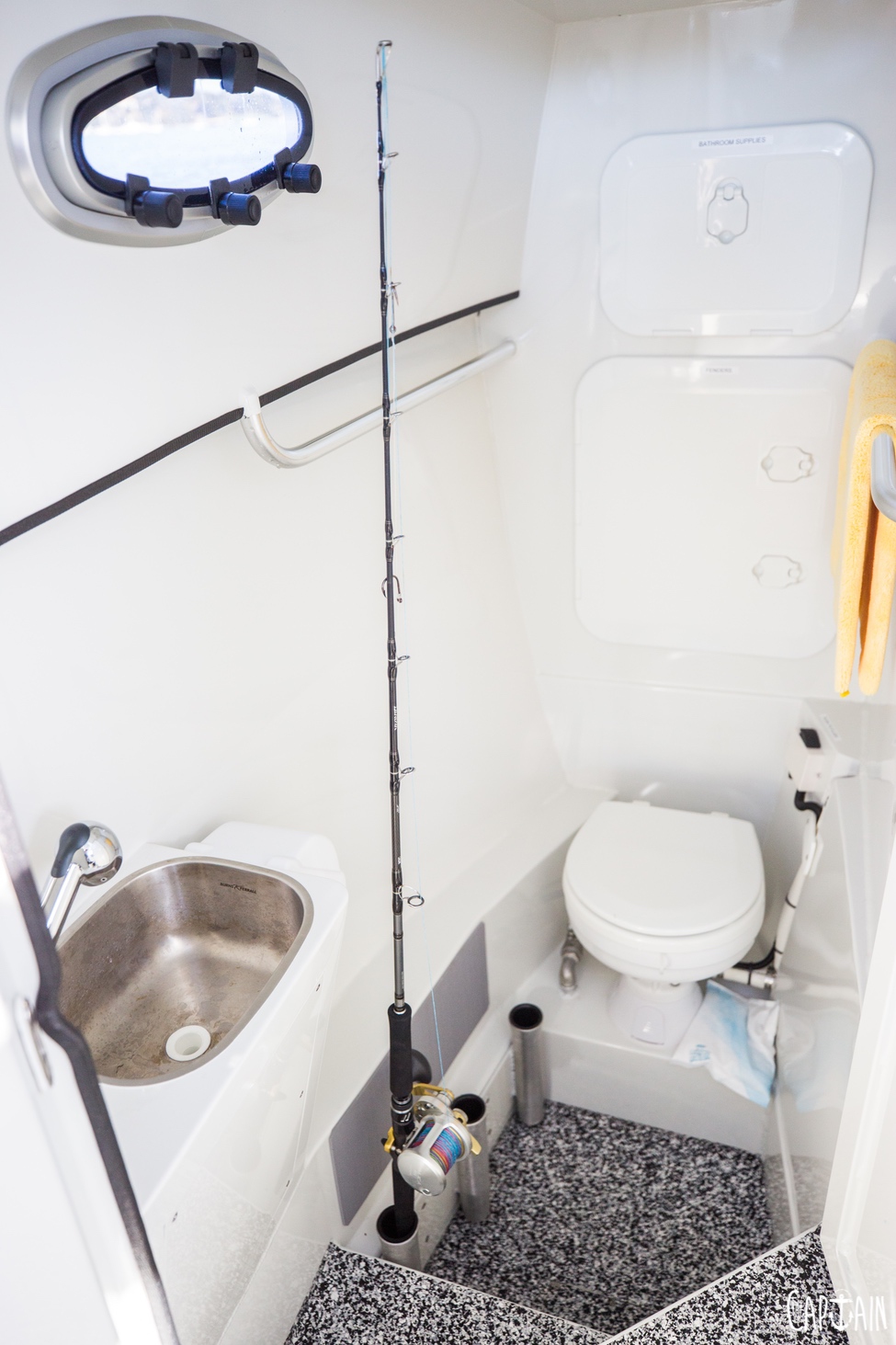


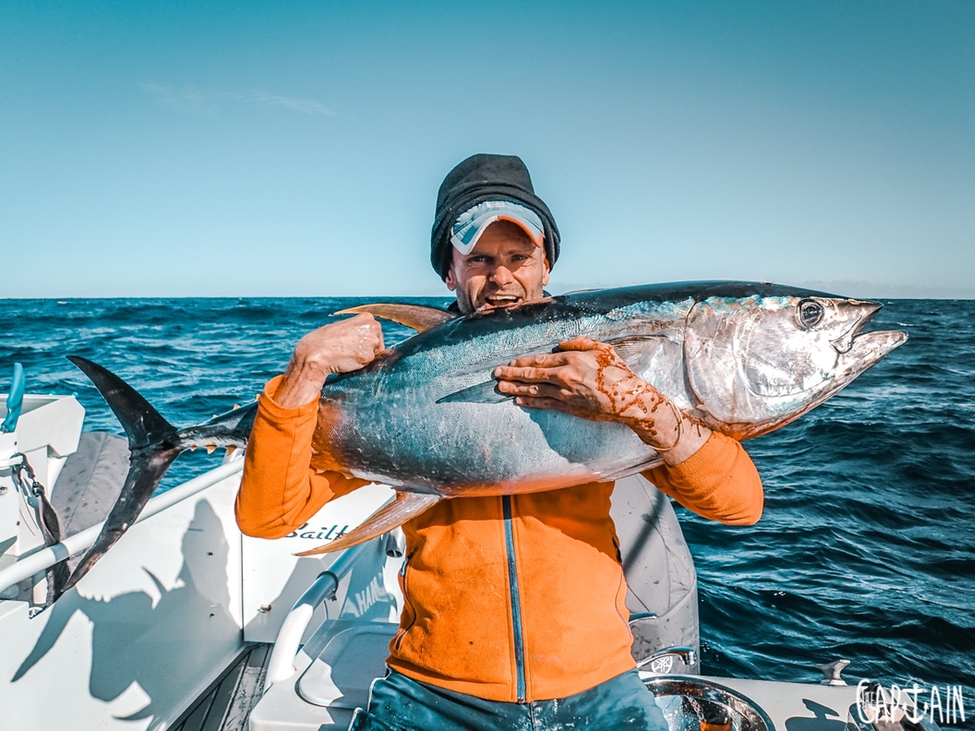
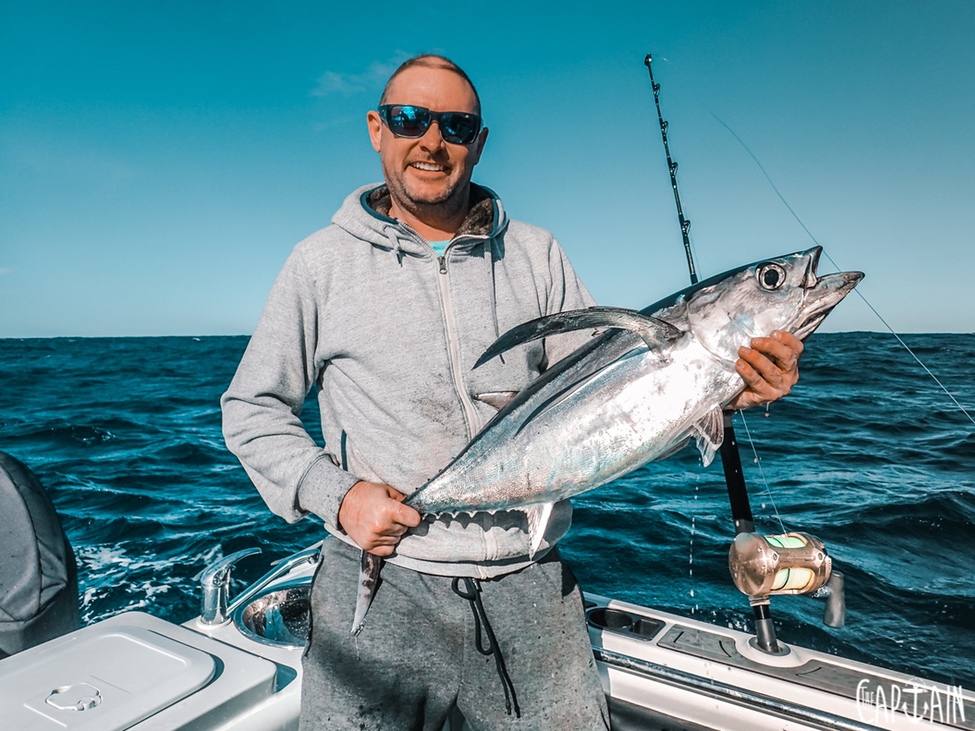

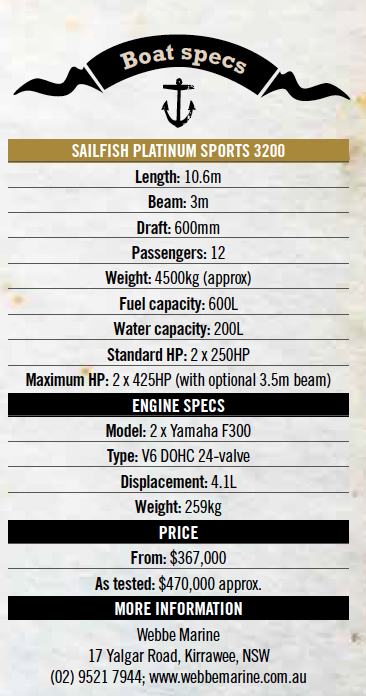

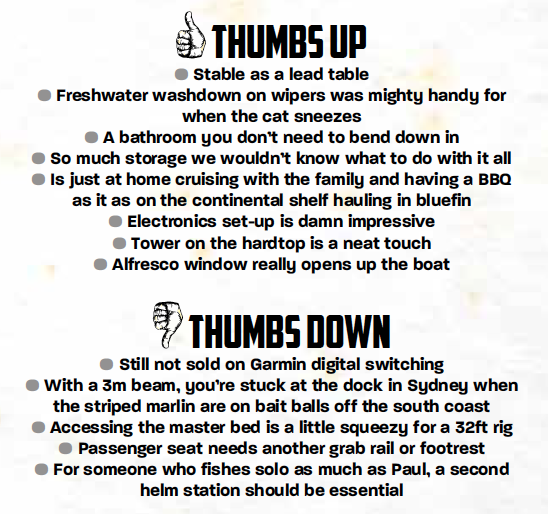
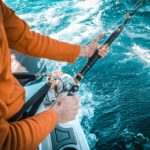
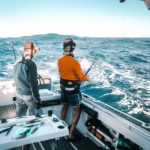
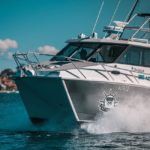
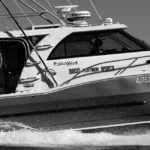
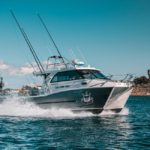
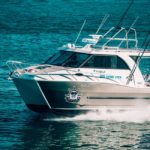
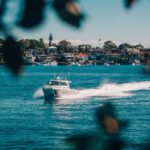
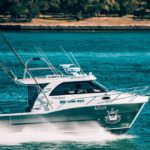
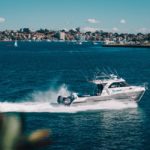
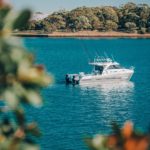
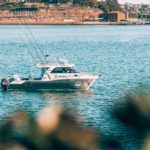

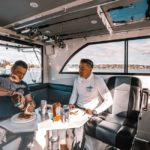
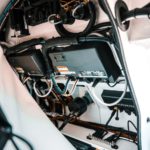
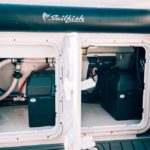
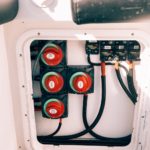

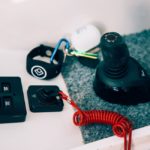
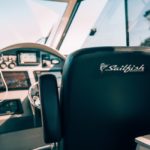
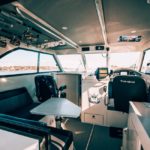
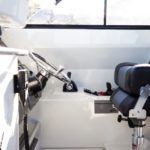
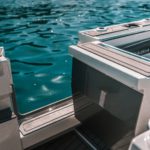
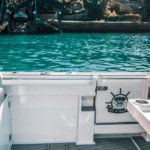


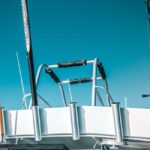
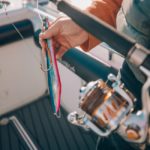
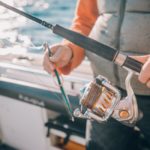
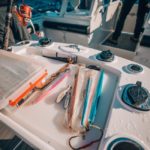
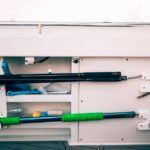

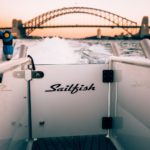
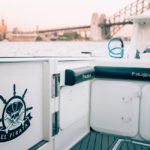

Recent Comments